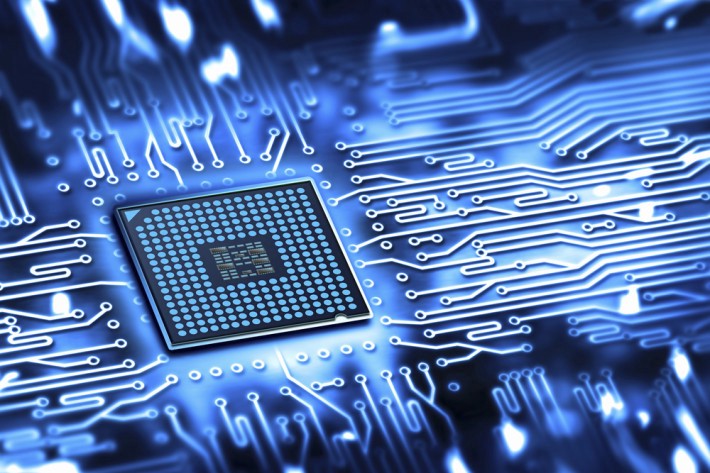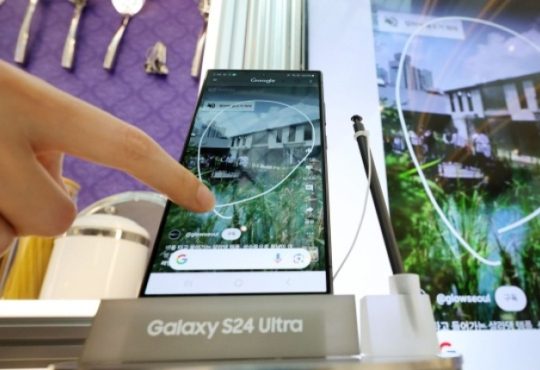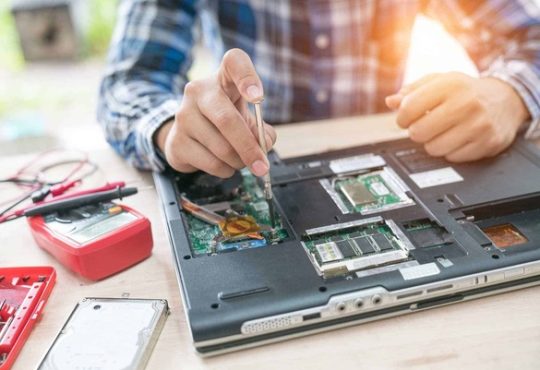
Because microcontrollers are now used in almost all electronics, we’ll concentrate on microcontroller development boards and how they might help with software and hardware development.
One of the most time-consuming aspects of product development is design and prototyping, and leveraging ready-made development platforms may save a lot of time here. The time saved can significantly shorten time-to-market and improve the product’s chances of success.
Introduction of Development Boards
A development board is a printed circuit board having circuits and hardware built in to make experimenting with microcontrollers easier. These boards might help you avoid doing a lot of the same things over and over again. Imagine you want to work on a microcontroller-based project, but you have to put up a bunch of circuits and hardware on your breadboard every time you want to use one. Obviously, this is going to irritate you, especially because some parts, like as the power circuit, are going to be the same every time. Certain hardware circuits, like as pushbuttons and LEDs, can also help with testing and debugging. Experimentation and general prototyping are significantly easier when all of the hardware and circuitry is already constructed.
You can never be 100% confident about the connections if you create this basic configuration yourself with a general-purpose PCB or breadboard. You never know whether something isn’t working due of the setup or because of the development you’re doing. As a result, a significant amount of work is spent troubleshooting the problem.
Furthermore, if you intend to employ SMD chips in the final product, putting together the fundamental configuration takes a long time. You can’t make this arrangement with general-purpose PCBs; instead, you’ll need to create a custom PCB. Due to the wait periods for manufacturing this PCB, obtaining components, and assembly, a significant amount of time is spent before you can begin development.
As a result, it is preferable to choose a suitable development board with a ready-to-use interface and get started on your project right away. Because these development boards may be utilized in several projects, they are a low-cost one-time investment.
Components of a Development Board
The following are typical components of a development board:
- Power supply circuit (usually powered by a 9V/12V power supply)
- User interface for programming (to program the microcontroller through computer)
- Input circuitry, such as buttons
- Simple output circuitry, such as LEDs
- Access to input/output (I/O) pins (to be used for everything else such as LCD screens, sensors and motors)
How to Select development board
The development board you choose is mostly determined by the microcontroller you want to utilize. You may also do it the other way around and choose the development board first, then organize your project around it.
Choosing the correct microcontroller for your product application is a difficult process in and of itself. Microcontrollers come in a wide range of sizes and features. For example, if you search for “microcontroller” on Utmel.com, you’ll see over 15,000 distinct devices, making it very hard to identify the one that’s right for you if you don’t know what you’re looking for.
Some engineers make the mistake of selecting a adalm2000 microcontroller before completing a system overview, which is a terrible idea. Engineers should first create a high-level system design, block diagram, and flow chart, and then choose a microcontroller based on the information they have.
When choosing a microcontroller, keep the following considerations in mind:
Hardware Interfaces Required
Make a list of all the interfaces you’ll need for external hardware using the block diagram you created previously. First, determine which communication interfaces are required. This will help you limit down your options. USB, CAN, Ethernet, I2C, serial ports, SPI, and UART are all typical communication interfaces found in microcontrollers.
Determine the digital inputs and outputs, analogue-to-digital converter inputs, PWM, and other requirements. This can help you narrow down your options even further.
Architecture
If you’ve accurately calculated the hardware interface and computational power requirements, you’ll be able to choose the microcontroller architecture for your project.
The internal implementation philosophy of a microcontroller is referred to as its architecture. Although all architectures have been thoroughly tested, one may perform better than the other for a certain application. Choose an architecture depending on the hardware interface, computational power, and future requirements. Consider if an 8-bit core will enough for future development or if a better core is required. In any event, a choice must be made between 8-bit and 32-bit, as 16-bit is no longer widely used.
Within each CPU there is an electronic clock
The clock’s job is to generate a regular succession of electrical pulses. This permits the computer to synchronize all of its components, dictating the speed at which it can get data and execute computations from its memory. When you talk about clock speed, you’re really talking about how many megahertz or gigahertz your CPU has.
Computing Power
Analyze the architecture and needs of the program that will be burned into the microcontroller to determine the processing power required. Examine whether the software has components that demand greater computational power, such as floating-point mathematics and high-frequency control loops. Check the subtasks as well as the frequency with which they run. This will give you an estimate of the processing power necessary, which is determined by the microcontroller’s clock speed.
Power
You’ll now have a list of possible individuals that meet your criteria. Now is the time to look into the part’s power needs. Choose a low-power microcontroller if the gadget will be powered by a battery.
Memory
Any microcontroller’s flash and RAM are key components, and it’s crucial to make sure you don’t run out of program or variable space. You can estimate how much Flash and RAM the program will demand based on the software architecture and communication peripherals included in the application.
Cost
Remember to look at the pricing per item and the minimum order quantity. Make an informed selection, since the pricing will have a significant impact on the entire cost of the goods.
Tools for both hardware and software. Finally, make sure that development tools are available and of good quality. To load the software into the microcontroller, you’ll need a programmer at the very least. The presence of a development board is advantageous in this case. The microcontroller is almost certain to be chosen after the development kit is chosen.
The final point to consider is the compiler and tools that are available. Compilers, sample code, and debugging tools are available for most microcontrollers. It’s critical to ensure that all of the required tools are on hand for the job. The development process might become tiresome and costly if you don’t have the necessary tools.
Conclusion
In conclusion, you may find the correct microcontroller for your product by completing the above steps one by one. After you’ve made your selections, you may continue on to choosing the microcontroller’s development board. The development board for most popular microcontrollers may be purchased directly from the manufacturer or through a third party. However, if you choose a less popular microcontroller, keep in mind that its development board may not be accessible.
Next Post: The Simple Guide to Electronic Thyristor and Their uses & Types of Thyristors




